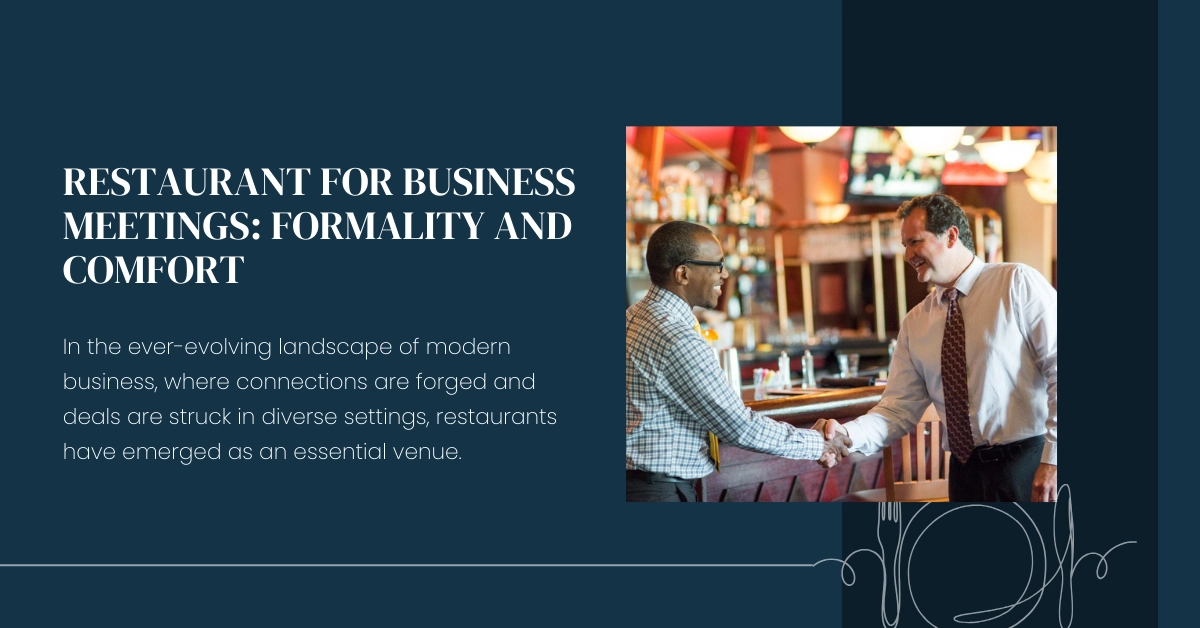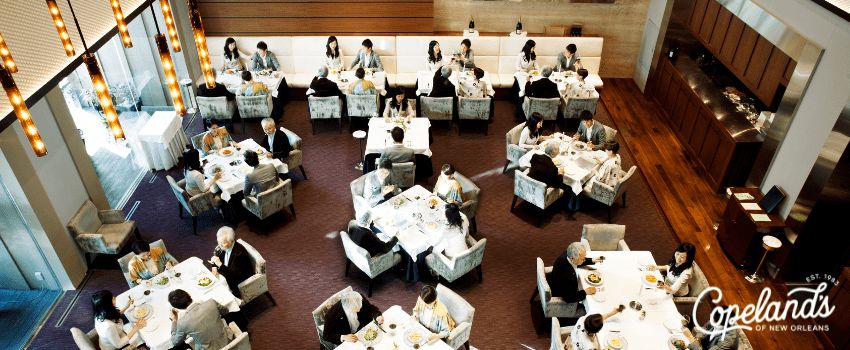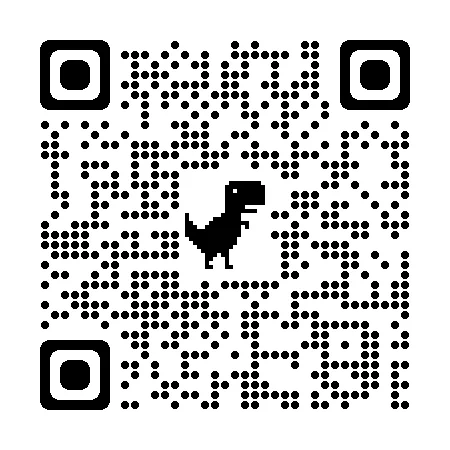In the ever-evolving landscape of modern business, where connections are forged and deals are struck in diverse settings, restaurants have emerged as an essential venue for professional gatherings. The concept of holding business meetings in a restaurant has transcended the simple act of dining to become a strategic opportunity for collaboration, negotiation, and relationship building. Yet, the success of such meetings relies heavily on a delicate balance between formality and comfort.
Balancing these two aspects creates a harmonious environment that encourages open dialogue, fosters creativity, and reinforces the shared objectives of the meeting. This article explores the dynamics of using restaurants for business meetings, shedding light on making these interactions productive and enjoyable while navigating the subtle nuances that make them uniquely effective.
Advantages of Having a Business Meeting in a Restaurant
Holding business meetings in restaurants can provide several advantages to the parties involved, such as the following:
1. Accessibility
Ensuring accessibility in a restaurant for business meetings is critical to creating an environment that balances formality and comfort. The restaurant’s owner and staff must consider accessibility for customers with disabilities. This includes providing ramps, elevators, or other appropriate accommodations to ensure guests can move freely in the establishment.
Additionally, restaurants should also provide menu items for those with dietary restrictions due to allergies or medical conditions, as well as information about allergens in different dishes on their menus. This sense of hospitality will help foster a positive business meeting experience that is both formal and comfortable.
2. Informal Setting
Creating an informal restaurant environment can foster a positive business meeting experience. Not only does it promote comfort and relaxation, but it also allows for more open dialogue among participants.
Employees will be more likely to share ideas and collaborate effectively by removing the feeling of formality. Lighting should be dimmed to create a warm atmosphere, and furniture should be arranged to encourage conversations between people. Additionally, decorations like plants or artwork can add an element of homeliness that makes guests feel welcome and at ease.
3. Varied Options
Businesses can effectively balance the need for formality and comfort during meetings by offering various options. Whether it is an informal setting or one that is more structured, restaurants can provide different options to meet the needs of both parties.
Casual eateries are suitable for small, informal gatherings where guests may feel comfortable discussing topics without feeling intimidated by overly formal surroundings. On the other hand, high-end establishments offer a more upscale atmosphere suitable for larger groups or important events.
For even greater flexibility, some restaurants provide semi-formal dining areas with private seating arrangements that make it possible to have a meeting in a professional environment without sacrificing any level of comfort.
Disadvantages of Having a Business Meeting in a Restaurant
Having a business meeting in a restaurant can present some issues and drawbacks, including the following:
1. Privacy Issues
Considering the need for privacy in business meetings, restaurant design must provide appropriate solutions to ensure confidentiality. Privacy can be a significant issue when conducting business in a restaurant setting.
Many restaurants have an open seating plan or floor-to-ceiling windows that make conversations easily heard by other patrons, leading to sensitive information being inadvertently shared with the wrong people. Similarly, wait and kitchen staff may overhear conversations if they are not given suitable space or resources to ensure privacy.
2. Distractions
Creating a pleasant dining experience can be easier if distractions are carefully addressed. When hosting business meetings at a restaurant, it is crucial to select one that does not have excessive noise or other sources of distraction.
Some restaurants may have televisions playing in the background, while others may feature live music, both of which can be distracting and take away from the formality of the meeting. Additionally, large groups should be aware that their conversations may carry to other tables and create distractions for fellow diners.
3. Cost Considerations
Cost considerations must be considered when planning a business gathering to ensure an appropriate balance between expense and the desired atmosphere. The budget should reflect the event’s formality while considering potential attendees’ ability to pay.
Choosing a venue with a set price for food and beverages can help keep costs low while providing quality items. Alternatively, having the restaurant provide pre-selected options at different tiers allows guests to select according to their preferences and financial means.
Steps in Conducting a Business Meeting in a Restaurant
When planning a business meeting in a restaurant, it is important to follow these practical steps:
1. Finding the Perfect Restaurant
Here are some business meeting location ideas you can check when looking for a perfect restaurant:
- Researching Options – Exploring potential corporate meeting venues requires assessing both formality and comfort. This should be done through research and by inquiring with other businesses that have used the restaurant in the past. Reviews and ratings give a better understanding of the atmosphere, service, and overall experience.
- Visiting in Advance – Visiting the venue in advance can provide insight into the atmosphere and service of a potential location for corporate meetings. It allows for observing the restaurant’s interior design, seating arrangements, staff attitude and professionalism, menu selection, and overall ambiance.
- Accessibility and Location – When selecting a venue for corporate events, it is vital to consider the accessibility and location of the space. The area should be close enough that guests can easily reach it but far away from potential distractions or disruptions.
2. Preparing for the Meeting
The preparation for a business meeting is essential to its success. Plan ahead of time and include the following preparations:
- Invitations and RSVPs – Invitations for business meetings should be extended with sufficient time for RSVPs. This allows participants the opportunity to plan and consider their availability. It also allows the host to accurately determine the number of people attending and make any necessary preparations in advance. An invitation should clearly state the purpose of the meeting, its date, time, and location, as well as any other relevant information needed.
- Agenda and Meeting Materials – Before the meeting, the host should ensure an agenda is prepared and materials are gathered for distribution. This includes preparing any documents or presentations that will be discussed in the meeting and copies of these documents for attendees to review. A good agenda should include an overview of each item, expected duration, and conclusion time.
- Pre-Ordering, if Needed – Pre-ordering supplies and materials may be beneficial for ensuring the meeting runs smoothly. Having readily available food and drinks can help keep attendees focused during discussions and presentations. Restaurants offering options to order in advance guarantee that food will arrive on time, allowing more time for the meeting.
3. During the Meeting
A successful meeting can be achieved by adhering to proper conduct and etiquette as discussed below:
- Etiquette and Manners – Adhering to appropriate etiquette and manners during business meetings at a restaurant is essential for creating an atmosphere of formality and comfort. Proper conduct should be observed, such as refraining from speaking with food in the mouth, not engaging on business-related topics, and avoiding overly loud conversations. Diners should also dress appropriately for the occasion, respect their fellow guests’ privacy, and avoid using cell phones. Furthermore, proper table setting and etiquette should be followed when eating. This includes cutting only one piece of food at a time, serving others before oneself, and waiting for everyone to have their meal before beginning to eat.
- Facilitating Conversation – Having established the importance of etiquette and manners for a successful business meeting at a restaurant, it is also essential to consider the role of conversation in facilitating a productive meeting. To ensure effective dialogue between participants, restaurant staff should be aware of the topics that can help promote open discussion while avoiding sensitive subjects. Additionally, they should be mindful of how conversations may develop and ensure seating arrangements are conducive to collaboration.
- Managing Time and Staying on Topic – Time management is essential for ensuring a successful exchange of ideas and staying on track with the topics discussed during a business restaurant meeting. Establishing boundaries and expectations concerning the time limit should be considered before the start of the meeting. It is important to keep conversations focused on relevant topics and ensure that all attendees are given equal opportunity to express their opinions. An agenda should be created in advance to keep discussions flowing and organized while also allowing sufficient time for networking or further exploration of specific topics.
4. Post-Meeting Actions
Once the meeting has ended, here are several post-meeting actions that should be taken to ensure a successful outcome:
- Thanking Participants – Appreciating the presence of participants for business meetings is essential for creating a thriving atmosphere that embraces formality and comfort. Acknowledging those in attendance through verbal expression or written thank-you notes helps to foster positive relationships with employees, clients, and colleagues. Showing gratitude can also strengthen loyalty and respect while demonstrating thoughtfulness about the time dedicated to the meeting. Additionally, thanking participants reinforces a culture that values communication and collaboration.
- Distributing Follow-Up Materials – Distributing follow-up materials is an essential step in concluding a successful meeting. All participants should receive copies of the agenda, minutes, and other relevant documents. Additionally, these documents should be shared with those unable to attend the meeting. To ensure all attendees can access the materials, they should be emailed or made available on a digital platform such as Google Drive. This will allow them to review and download the files for future reference.
- Assessing the Meeting’s Success – After distributing the necessary follow-up materials, it is vital to assess the success of a business meeting. It is critical to evaluate how sound objectives and goals were met and identify areas needing improvement for future meetings. This can be done through surveys or informal discussions with attendees. Additionally, comments from colleagues and clients should be considered to gain an accurate overall evaluation of the event.
Common Mistakes and How to Avoid Them
Considering the specific needs of a business meeting, it is important to ensure that the restaurant chosen provides an appropriate balance between formality and comfort in order to avoid common mistakes.
Choosing a restaurant that is too formal can be off-putting for some attendees and may put people on edge. On the other hand, choosing a restaurant that is too relaxed or casual can make guests feel uncomfortable or out of place if they are expecting something more professional.
Additionally, there should be enough space at the restaurant to accommodate all attendees comfortably without overcrowding. It is also essential to ensure the menu has options that will suit everyone’s tastes and dietary restrictions while still providing quality food.
Key Takeaway
Finding the right restaurant for business meetings can be challenging. It is crucial to consider both formality and comfort when selecting a restaurant to host the meeting. Considering factors such as atmosphere, amenities offered, types of cuisine, and cost can help narrow down options. Thoughtful planning will ensure that the meeting runs smoothly and all attendees are comfortable in their surroundings.
Additionally, understanding common mistakes associated with conducting restaurant meetings can help minimize any potential issues. Choosing the ideal restaurant for a business meeting requires careful consideration but may offer numerous benefits for hosts and attendees.
Transform Your Next Meeting. Discover the Art of Balancing Formality and Comfort with Copeland’s of New Orleans.
Looking to host a business meeting that leaves a lasting impression? Discover the perfect blend of formal sophistication and comfortable ambiance with private events at Copeland’s.
From tailored menus to a setting that fosters collaboration and creativity, Copeland’s of New Orleans, offer an experience that’s designed to meet the unique demands of professional engagements.







